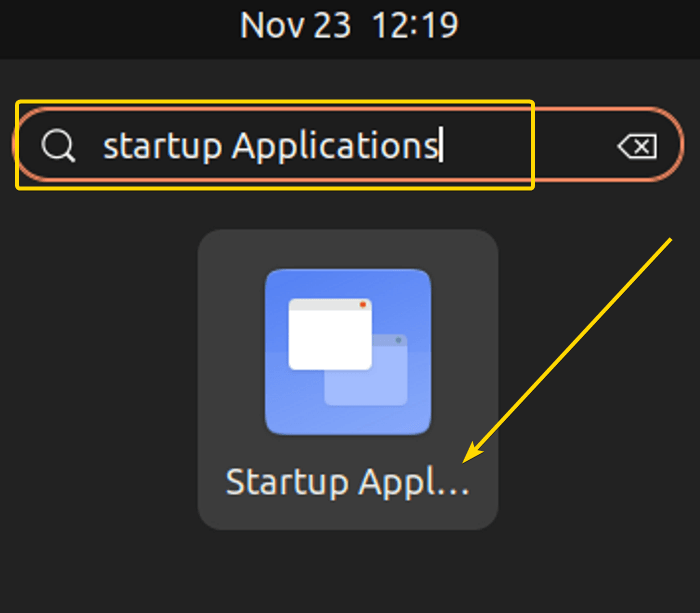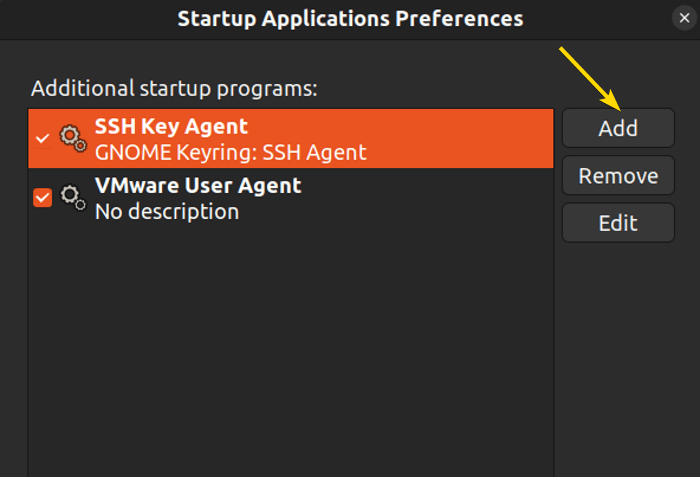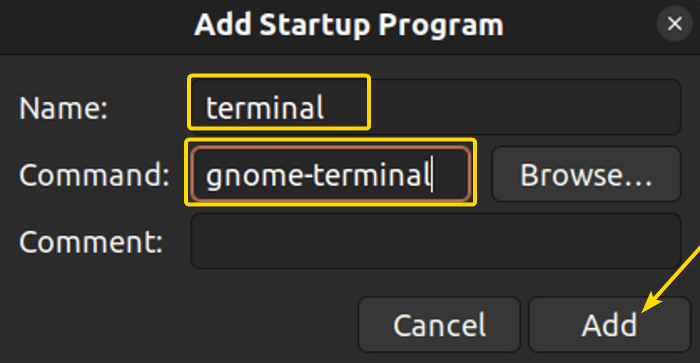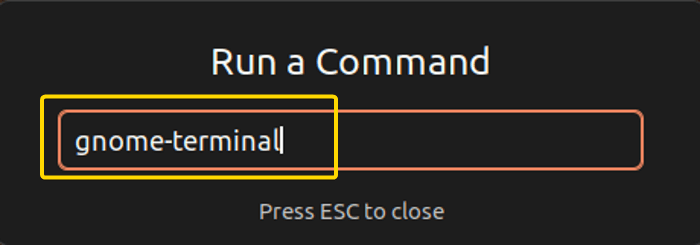The terminal in the open-source operating system Linux is a significant addition preferred by most users and developers. Its command line interface based feature enables users to communicate with the system using commands. It’s a robust tool providing users with a wide range of functionalities. Almost any task accomplishment is possible within the Linux systems using the terminal.
This article discusses what is terminal in Linux in-depth mentioning its key features, usage, and useful tips.
What is the Terminal in Linux?
The Linux terminal is typically an application software that provides the users with a text-based interface to interact with the system using standard commands in Linux. The commands are the special keywords the terminal uses to tell the system to act. The users manually type the commands in the Linux terminal to accomplish tasks via interaction with the system. We can also install programs and automate commands by writing Bash scripts using the Linux terminal. Acknowledged as the most widely used tool of Linux operating systems, the terminal is the best possible direct method to operate systems and programs in Linux.
History Behind the Linux Terminal
The Unix shell was developed in the early 1970s. It gave users a way to communicate with the operating system by entering commands into a terminal. The shell was created as a user-customizable, adaptable interface that could be enhanced by scripts and tools of the user’s choosing.
To develop a free and open-source operating system that was compatible with Unix, Richard Stallman launched the GNU project in the 1980s. As part of this project, the GNU Bash shell was created, which became the default shell for most Linux distributions.
By entering commands into a terminal, users can communicate with the Linux operating system using the Bash shell, a command-line interpreter. Users can manipulate files and directories, run programs, and complete other tasks using the extensive set of commands and features provided by the Bash shell.
New shells, terminal emulators and command-line utilities have all been developed over time, and these changes have all contributed to the evolution of the Linux terminal. Today, the Linux terminal is a powerful and flexible tool that is used by developers, system administrators, and power users around the world. It still plays a significant role in the Linux ecosystem by giving users a simple and effective interface for interacting with the software.
Linux Terminal Components
In this section, I’ll walk you through the 3 basic yet essential components (Terminal Emulator, Shell, and Command Prompt) of a terminal in Linux.
Terminal Emulator
The “terminal emulator” is a program that enables the user to access the terminal in a graphical environment. The use of a terminal emulator is crucial for the majority of Linux server users because most people use the operating system simultaneously with a GUI for their daily computing needs. Here are a few commonly-used and free terminal emulators by OS:
- Windows: PuTTy
- Linux: xterm, KDE Konsole, Terminal
- Mac OS X: iTerm2, Terminal (default)
Although each of the aforementioned terminal emulators has its own set of features, they are all simple to use and perform admirably.
The Shell
The shell in a Linux system is essentially a command-line interface that interprets the user commands and script files entered by the user. The Linux terminal remains connected to this shell and ensures that the operating system understands the user commands. Linux offers various widely used shells such as bash (bourne again shell), Zsh (Z shell), Ksh (Korn shell), etc. Of them, bash is the default shell for most of the Linux distros including Ubuntu, Fedora, etc.
The Command Prompt
The command prompt is the part of the Linux terminal interface representing the point at which users type commands to interact with the system. This is typically the window blinking cursor usually displaying the information of the username, hostname, and current directory path with the symbol “$” for a regular user or “#” for a root user.
Here’s an example of what a command prompt may look like when logged in as a regular user amdadul:
- amdadul: the username of the current user.
- ubuntu: the hostname of the server.
- ~: Tilde sign denoting that the home directory is the current working directory for the user amdadul.
- $: The prompt symbol denoting the end of the command prompt after which the user input appears on the screen.
How to Open Terminal in Linux?
You can open the Linux terminal in 4 different ways:
- Using shortcut (CTRL+ALT+T).
- Open the terminal in a specific directory.
- Using the application menu.
- Using the genome-terminal command.
Method 1: Using Shortcut (CTRL+ALT+T)
You can start the terminal using the CTRL+ALT+T buttons in any Linux distribution.
Method 2: Open Terminal in a Specific Directory
You can easily start the terminal in any directory by clicking the right button on your mouse. The steps are given below:
-
Right-click your mouse at any point in your current directory. In my case, I am in the “Documents” directory. Then, left-click on “Open in Terminal”.
- At this point, your terminal will launch in your current directory.
Method 3: Using the Application Menu to Start Terminal in Linux
Generally, the terminal is a preinstalled app that comes with Linux. You can start the terminal by following the steps below:
- Go to the “Show Applications” button and press on it.
- Make a search for “terminal” in the search bar. Then, click on the Terminal icon.
- You will see that the terminal has started once you have finished this process.
Method 4: Using Gnome-Terminal Command to Start Terminal in Linux
Linux allows you to launch the terminal using the gnome-terminal command. To start the terminal using the command, you must follow the steps below:
- First, press the ALT+F2 button to start the “run command” dialogue.
- Run the gnome-terminal command.
- At this Point, the terminal will launch after running that command.
2 Examples of Using the Terminal in Linux
This scope will walk you through 2 examples to provide you with hands-on illustrations of how to use the terminal in Linux to interact with the system. Specifically, it will discuss the running of standard Linux commands as well as executing shell scripts to discuss the use of a terminal in Linux.
1. Running Commands in the Linux Terminal
Linux systems come with a wide variety of commands to enable users to interact with the system by writing and executing them in the terminal. These commands let users install software packages, open files/folders, navigate and, configure the system, etc. Running commands in a Linux terminal is very straightforward. You just have to type the specific command in the prompt and hit ENTER to reflect on the output.
For example, running the env command in the Linux terminal displays a list of all environment variables used through the Linux operating system:
env
2. Writing Shell Scripts Using the Linux Terminal
The terminal in Linux leverages the use of text editors such as nano or vim to write shell scripts which are useful tools to automate various system processes in Linux. Within the text editors, the users type a sequence of commands for execution. Remember to give it a .sh extension Here’s an example of a shell script named message.sh:
#!/bin/bash
#My first program
echo "Hello, I am developed and displayed using the Linux Terminal!"
To run the script, it’s a must to have file executing permission. For instance, to make the above script executable named message.sh, run the following command in the terminal:
chmod u+x message.shFinally, run the following command to reflect the output:
./message.sh
Ubuntu Terminal Not Opening
Sometimes there is a problem with your Ubuntu Terminal, for example, it does not open with a DOUBLE CLICK. I have listed 3 tricks to solve these issues:
1. First Possible Solution
Go through the following steps for the first solution:
- Go to your search window. Then type terminal.
- RIGHT-CLICK on the icon and Add to Favorites.
 2. Second Possible Solution
2. Second Possible Solution
Check out the below steps for the second possible solution:
- Go to your search window. Type startup applications.
- CLICK on the startup application option.
- Now, CLICK on the ADD option.
- Type terminal in the name slot and gnome-terminal in the command slot.
- Then, CLICK on the ADD option.
3. Third Possible Solution
For the final possible solution, please try the below steps:
- Enter ALT + F2.
- Type gnome-terminal and then ENTER.
OR, you can try xterm instead of gnome-terminal.
Linux Terminal Not Working
Sometimes it gets very hard when the Terminal is not working. Some of these causes are terminal can get out of focus, can be frozen or some other background applications can ruin the focus. Here I have listed 3 solutions for the Linux terminal not working:
1. First Possible Solution
If the terminal is not in focus it will not work or take any command. CLICK anywhere on the terminal to get back on focus.
2. Second Possible Solution
If the terminal gets frozen then type stty sane.
Now press ENTER.
This will restore the terminal to its normal state.
3. Third Possible Solution
If some other applications are running in the background and ruining the terminal’s focus then try to press CTRL+Z.
OR press CTRL + C.
Now press ENTER.
This will suspend the background program.
Conclusion
A terminal is a powerful tool that provides users with a more efficient way of interacting with their Linux systems. Compared to graphical user interfaces, its text-based interface offers more flexibility and control over the system. In addition, it enables users to automate tasks and create scripts to carry out complex operations. Understanding the terminal is a crucial skill whether you are a developer, system administrator, or just an enthusiast who wants to maximize his/her Linux experience.
People Also Ask
What does the terminal in Linux do?
The terminal in Linux is a powerful interface that allows users to interact with the operating system through text-based commands. It serves as a gateway to perform system configurations, run programs, manage files and directories, etc. using a command line interface. The terminal in Linux offers precise control and efficacy compared to graphical interfaces.
Is the Linux terminal Convenient than the Graphical User Interface (GUI)?
Yes. Using the Linux terminal is convenient than the Graphical User Interface (CUI) for several reasons. Like the GUI, a terminal doesn’t require downloading graphical elements which makes it faster. Also, it is possible to install software with fewer steps using the terminal than GUI.
Does the Linux terminal and command prompt refer to the same thing?
No. The Linux terminal refers to the entire environment from where users interact with the system. On the other hand, the command prompt is a specific element within the terminal interface that allows users to interact with the system using commands.
Can I check the active user in the terminal?
To check the active user in the terminal in Linux, open the terminal by pressing CTRL+ALT+T and type the command who. Then, pressing the ENTER button displays a list of the system’s current users, including their login name, login time, etc.
What is a Debian terminal?
The Debian terminal refers to a Command Line Interface (CLI) environment that assists the users to interact with their respective operating systems. It uses the terminal emulator, specifically, based on the Debian-based Linux distributions such as Ubuntu, Debian itself, etc.
What is the difference between a terminal and a Linux shell?
The Linux terminal is a command-line environment interface for text-based input and output that allows the users to enter commands for interacting with the system. Contrarily, a shell in Linux acts as the command-line interpreter that processes and interprets the commands entered by the users. The different types of shells used in Linux are Bash (Bourne-Again Shell), Zsh (Z Shell), etc.
How can I view environment variables in the terminal in Linux?
To view all the environment variables, run the env command in the terminal. Environment variables are external variables that directly interact with the Linux environment. In addition, you can use the command echo “$<environment_variable>” to display the value of the specific environment_variable. For instance, echo “$HOME” returns the value of the environment variable HOME in the terminal which is, in fact, the path of the user’s home directory.
Can I combine multiple commands to run using the terminal?
Absolutely. Just type the commands you intend to run in combination using in the terminal and separate them using semicolons. The terminal displays the output for each command in subsequent lines in a hierarchical manner. For example, to run the Linux commands ls, whoami, and pwd, type in the following way and press ENTER:
ls ; whoami ; pwdWhat was the first terminal in history?
The first terminal in computing history was the Teletype Model 33. Teletype Model 33 terminal was introduced in 1963. It was a printing telegraph that allowed users to send and receive text-based messages to and from a computer. It used a combination of electromechanical components to input and output information. Users would type messages on a keyboard, which would be transmitted to the computer via a telegraph line. The computer would then send a response back to the teletype, which would print the message on a roll of paper.
The Teletype Model 33 was widely used in the early days of computing, particularly in the 1960s and 1970s. Its popularity declined in the 1980s with the introduction of video display terminals (VDTs), which provided faster and more flexible methods of input and output.
What are the different types of computer terminals?
When it comes to computer terminals, there are two main types: character terminals and graphics terminals. A character terminal is a type of computer terminal that displays text characters in a monochrome format. This means that the display can only show black-and-white characters and does not have any color capabilities. On the other hand, the graphics terminal is a type of computer terminal that can display both text and graphics, usually in color. Modern computers typically use graphics terminals with graphical user interfaces (GUIs), which provide users with visual elements to interact with the system.
Similar Readings
FUNDAMENTALS A Complete Guide for Beginners


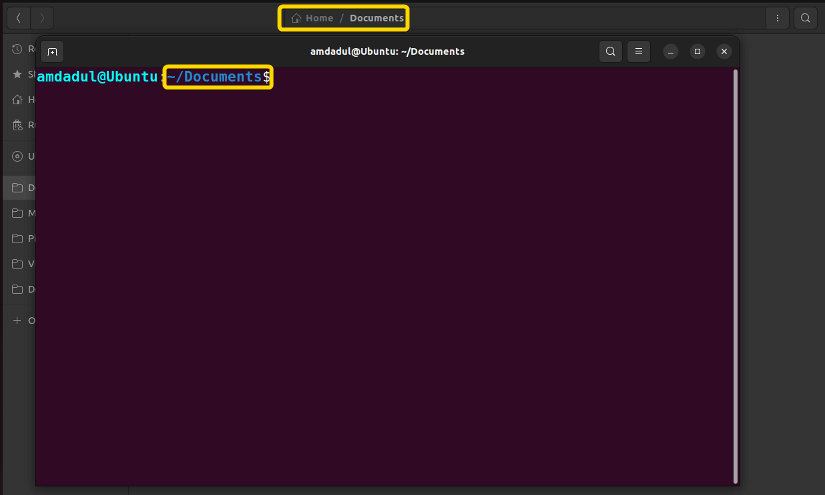
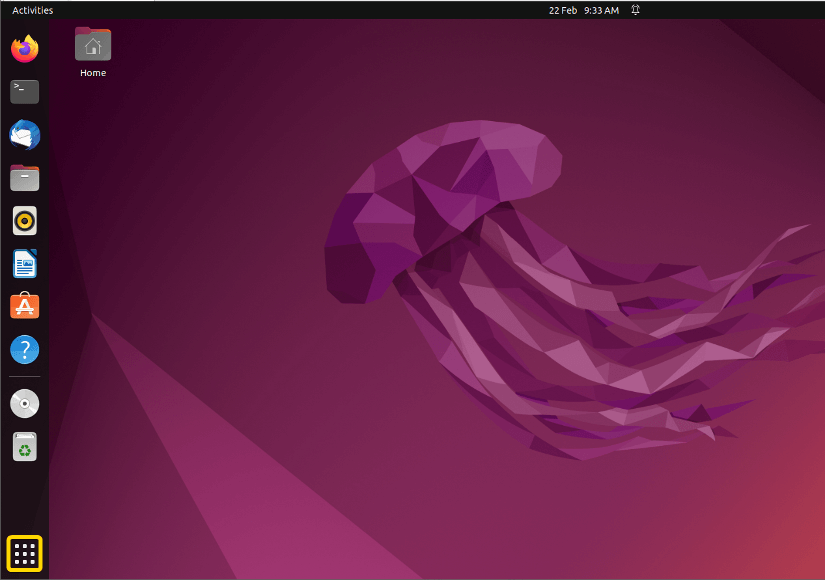
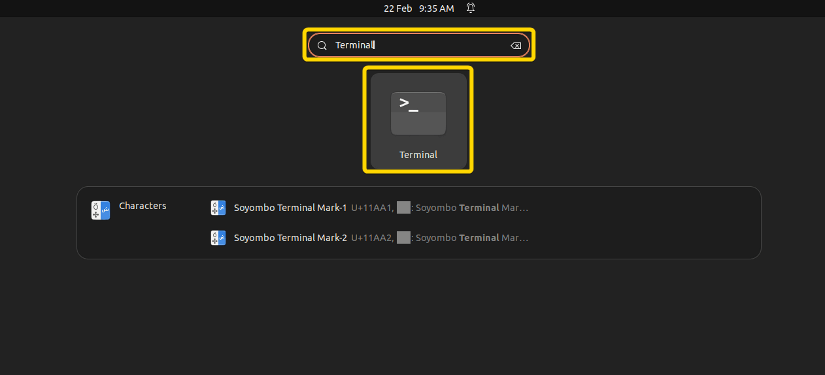
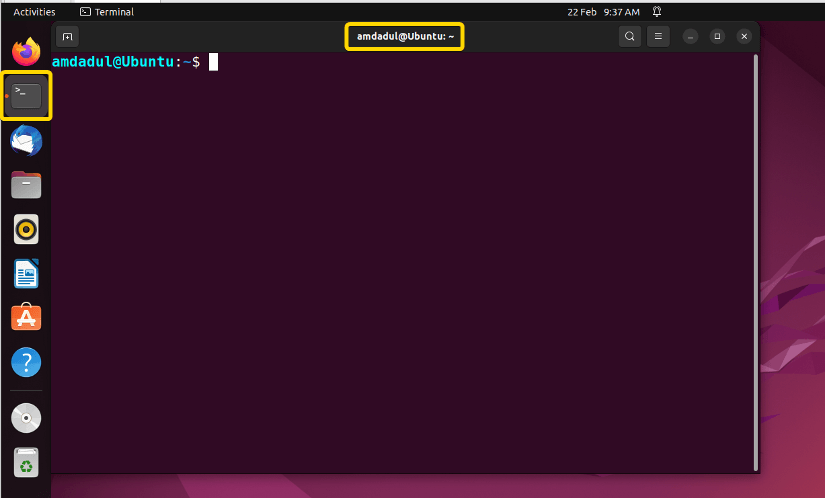
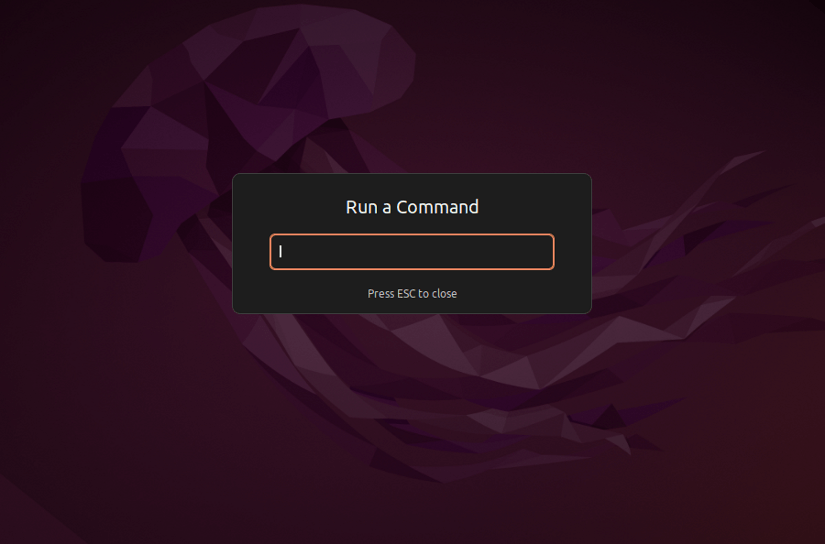

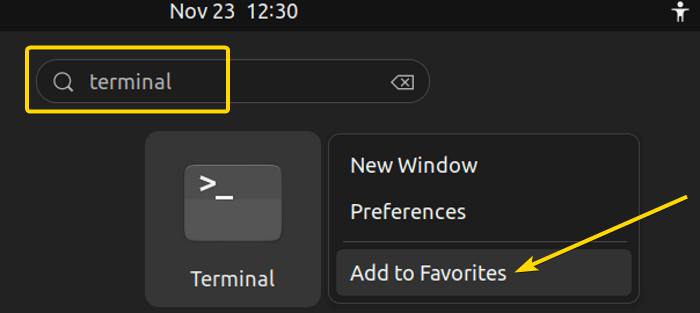 2. Second Possible Solution
2. Second Possible Solution